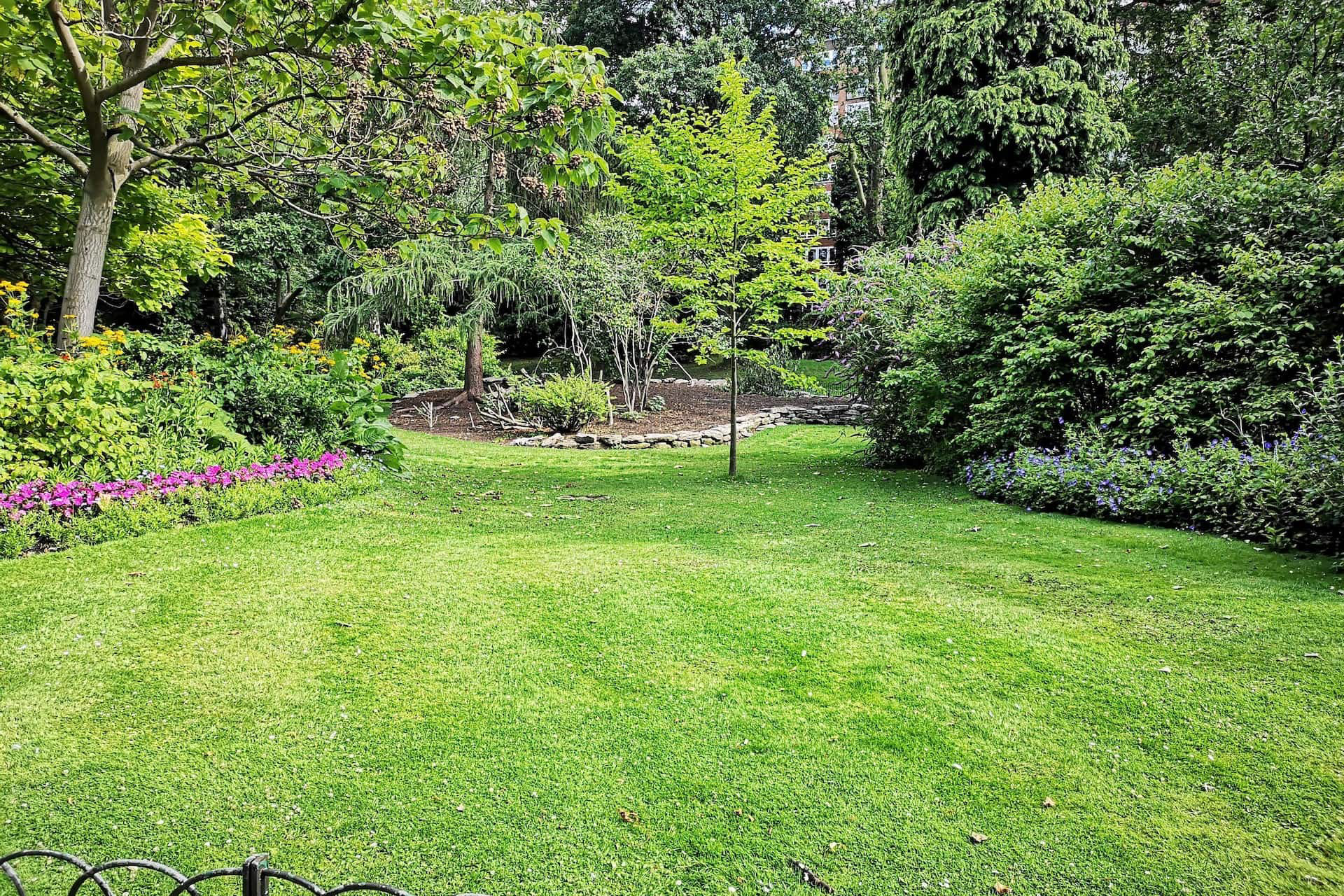
Eco-Friendly Landscaping: Sustainable Solutions for a Greener Tomorrow Aug 11, 2025
To begin with, selecting native plants is a cornerstone of eco-friendly landscaping. These plants are adapted to the local climate and soil conditions, requiring less water and fewer fertilizers. By choosing indigenous flora, you reduce the need for chemical inputs and water resources, allowing for a thriving, self-sustaining garden that supports local wildlife.
An essential aspect of sustainable landscaping is efficient water management. Incorporating systems like drip irrigation can vastly reduce water wastage compared to traditional sprinklers. Drip irrigation delivers water directly to the plant roots, minimizing evaporation and runoff. Additionally, consider using rain barrels to collect rainwater for garden use, reducing reliance on municipal water sources.
Composting is another eco-friendly strategy to consider. By recycling kitchen scraps and yard waste, you create nutrient-rich compost that enriches soil structure, promoting healthier plant growth without synthetic fertilizers. A compost pile also helps divert organic waste from landfills, reducing greenhouse gas emissions.
Incorporating hardscaping elements such as patios, pathways, and rock gardens made from sustainable materials can also support eco-friendly landscaping initiatives. When choosing materials, opt for locally-sourced or recycled products to lessen environmental impact. Permeable paving is a fantastic option as it allows rainwater to seep into the ground, thus reducing stormwater runoff and replenishing groundwater supplies.
Designing landscapes with biodiversity in mind is crucial in fostering ecological balance. Create a habitat by adding pollinator-friendly plants like lavender, echinacea, and sunflowers to attract bees, butterflies, and other beneficial insects. Incorporating a variety of plant species can create a more resilient ecosystem that can withstand pests and diseases naturally.
Energy-efficient landscaping can significantly reduce the carbon footprint of your home. Strategic planting of trees and shrubs can provide natural insulation, lowering energy costs. Deciduous trees planted on the south and west sides of your property can offer shade in the summer while allowing sunlight to warm your home in the winter once the leaves have fallen.
Maintaining your landscape with eco-friendly practices further enhances its sustainability. Opt for manual tools over gas-powered ones to cut down on emissions. Routine maintenance, like regular pruning and mulching, can keep plants healthy and conserve soil moisture, reducing the need for additional watering and chemicals.
As we steward the environment, transforming your garden into a sustainable oasis not only benefits nature but also enriches your living space. At Omarvelous Landscaping, we are committed to providing innovative landscaping solutions that prioritize both beauty and ecological responsibility. By following these sustainable practices, you contribute to a healthier environment and set a precedent for future generations.
In summary, eco-friendly landscaping is a harmonious blend of aesthetics and environmental stewardship. With Omarvelous Landscaping's guidance, you can achieve a stunning outdoor space that is both functional and sustainable. Remember, every small step towards sustainability counts in building a greener tomorrow.
/filters:no_upscale()/media/24cff8cc-7db4-4c94-9854-b14baf836f7b.jpg)
/filters:no_upscale()/filters:format(webp)/media/f0f4bfbe-3020-43f5-a08d-5f4230ee55bc.jpeg)